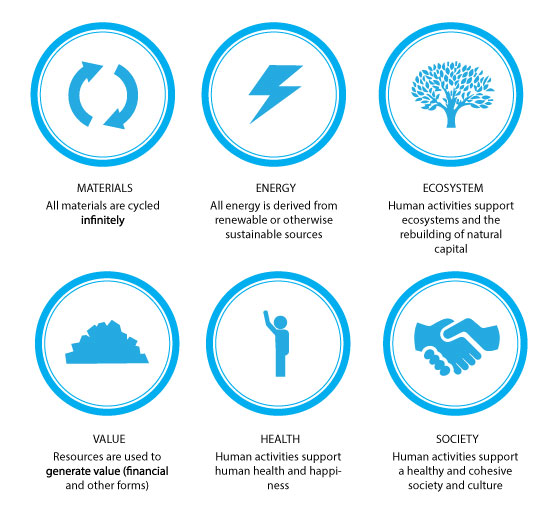The environment and climate change is a topic on everyone's mind. From Ban Ki-moon, to governments, to people just trying to do their share of saving the planet what ever way they can. Some choose to recycle, others to save on electricity, but whatever small changes you commit to, its a small piece to the much larger picture, so keep doing it! Ban recently said : "Climate change and sustainable development, they are the two sides of one coin." In 2000 the UN came up with the famous MDGs, one of which is ensuring environmental sustainability. The MDGs were aimed at being fulfilled by 2015, improvements have been made, but, there is still a long way to go.
1- What are Carbon Credits?
Its basically, a permit which allows 1 tonne of carbon dioxide or other GHG to be emitted. The idea is to ultimately reduce the amount of emissions into the atmosphere, which in turn cause the ozone layer depletion and the degradation of our natural ecosystem. It originated in 1997, in Kyoto during which the UNFCCC put together a binding plan to reduce GHGs and other pollutants from being released into the earth's fragile atmosphere. The monitoring of the carbon trading schemes have to be carefully monitored and audited
2- What is Carbon Offset?
In Short, it is the reduction of 1 metric tonne of Carbon dioxide or other GHG. There are two markets for carbon offsets in order to comply with they Kyoto Protocol and with the EU Emission Trading Scheme. The larger compliance market includes, companies, and governments . In 2006, the compliance market directly reduced about 1.6 billion metric tonnes of CO2 emissions. The much smaller voluntary market includes individuals, companies, or governments that purchase carbon offsets to balance out their own GHG emissions. In 2008, about 123.4 million metric tonnes of CO2 reductions were as a result of the voluntary market. The most common projects for emission reduction is through renewable energy.
3- What is the Cap and Trade Scheme?
A cap is a limit on CO2 emission which is reduced over time - so as to limit the pollutants emitted into the atmosphere. Member companies can then auction off emission allowances that total the cap. This way, members firms that don't have enough emission allowances to cover their budget must either make reductions or buy spare credits from another firm. Those with extra allowances have the choices of selling them off or bank them for future use.
4- What is Carbon Tax?
Carbon tax is a pollution tax. In practice it adds a fee on production, distribution or use of fossil fuels based on how much carbon the fuel emits. The local government sets a price per tonne on carbon then translates it into a tax on electricity, oil, or natural gas. In turn it makes using fossil fuels more expensive and encourages companies to reduce consumption and increase energy efficiency. In addition, it makes alternative energy more cost effective than cheaper, polluting fuels like oil, natural gas and coal.
The Kyoto Protocol is an important first step towards a global emission reduction plan that is believed to stabilise GHG emissions and can provide the building blocks for international agreements on climate change.
